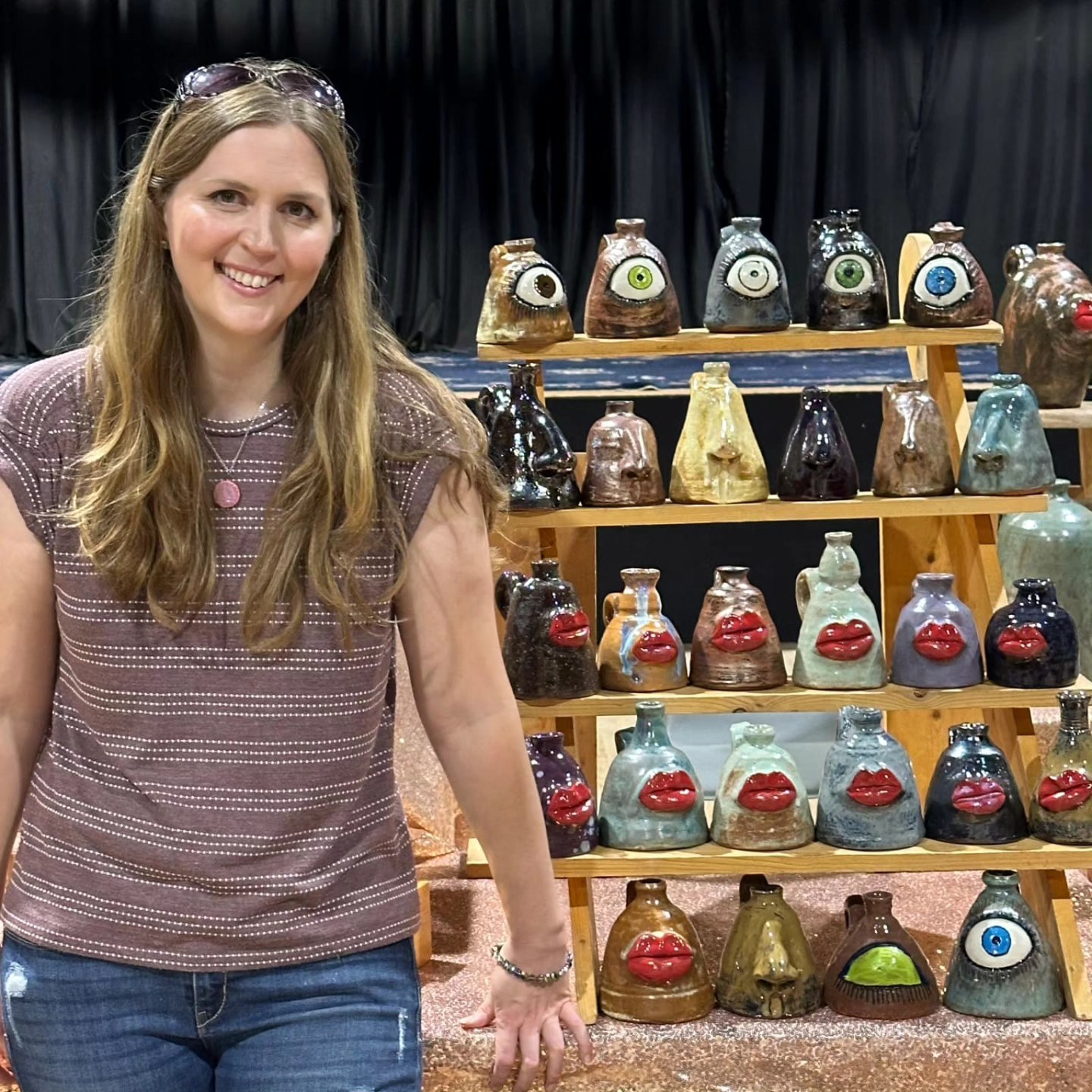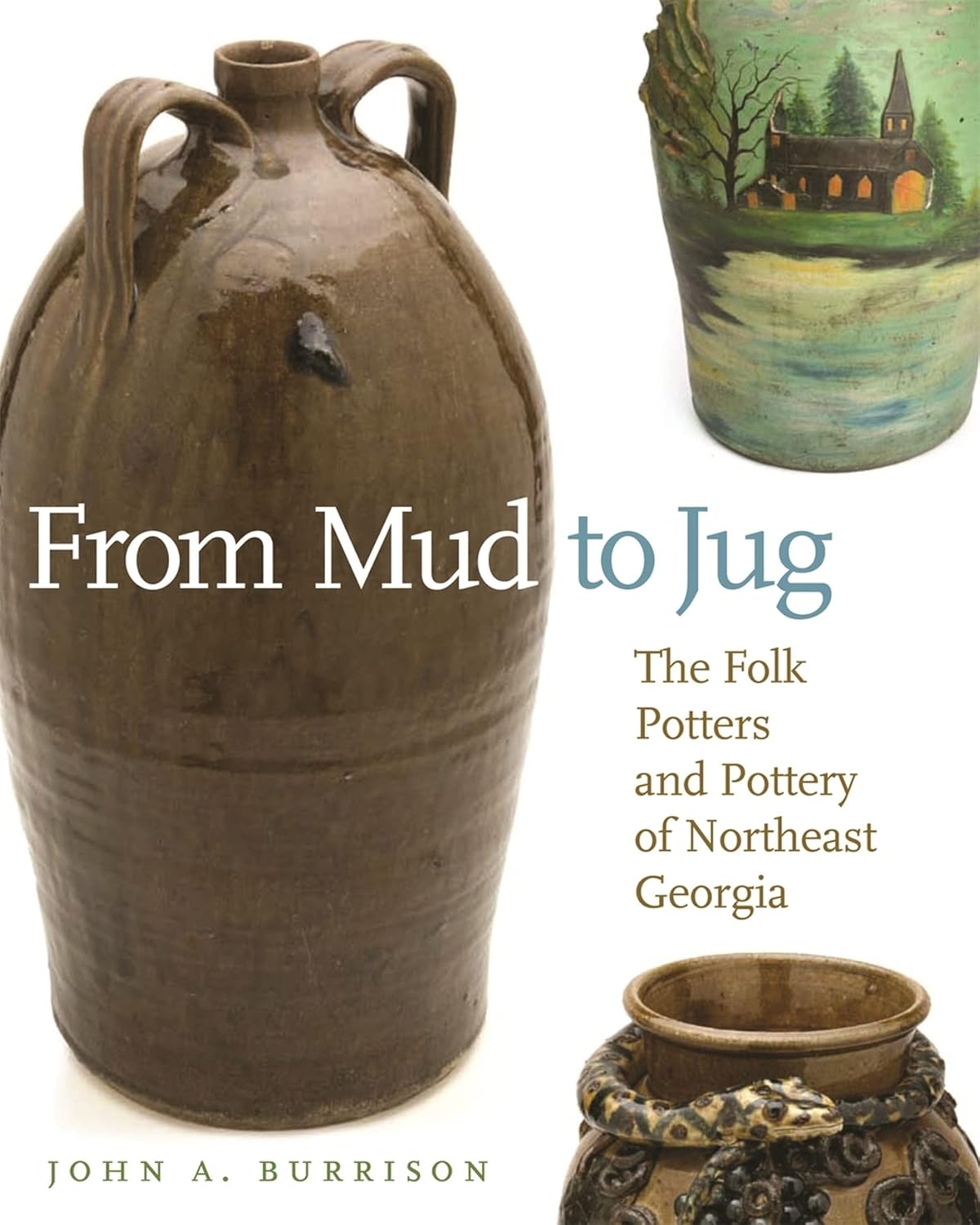Over the years I’ve donated close to two dozen pieces, including my donations to CSN (the Community School of Naples), State College high, the Seeds of Learning, the humane society of Naples and many others. They were nice works, the artwork that had the potential to sell, yet I chose to let them go. In this post I’d like to share both sides of the coin for other artists to consider before donating your art.
In my opinion, it all boils down to your motivation, standing behind the very act of donation. Many artists feel sour and often become negative talking about the art donations they made in the past. Why?
#1 Artists feel used donating art.
Artists feel used. First, all fundraisers ask artists to donate their art for free. There is absolutely no profit going to the artist, only the promise of “getting your name out there,” or getting “exposure.” In my experience, name recognition or a promise of exposure is not worth it. I had zero contacts coming in from my donations.
#2 No real tax-deduction for artists.
Second, although it’s said that your donations are tax-deductible, they are, but not for the artist. Say you bought a piece for $100. If you donate it to a charity, you can write $100 off as your tax deduction. If the artist donates his artwork, he or she can deduct only the cost of art supplies used to manufacture the piece. The deduction sum doesn’t include the artist’s labor, level of expertise, tuition loans, years spent learning, etc. Therefore, when the artist donates, he or she gives it away for real, which looks unfair to the artist at times, because the institution seems to “make money” using the artist. Moreover, in my experience only half of organizations that sold my art for their purposes sent a “thank you” note to me. And none of them shared the information on price it went for or the client’s name without me asking about it.
#3 Devaluing of art.
Third, many think that your art donation devalues your art because it can sell for any price and you have no control over its pricing. It’s also a sign that you are a “weak” artist since you donate art instead of selling it. Therefore, if you aim to make money via donations, don’t do it not to get disappointed with meager results.
Most artists paint no matter what, walking against the grit of economic problems. The financial pursuit via donations is not the right path to take. Let's become financially successful in other ways, dear artists :)
Now I’m going back to my original idea: your inner motivation is the whole point of donation. I donate because I feel good helping others. It sounds cheesy, but I feel fortunate I live in a place where I can create, and I’m able to share my gift with purpose at heart. I feel that my art can change the world for the better, even if it looks like a drop in the ocean today. Like most artists, I’m proud of the fact that I’m not motivated by greed or a lucrative business to paint. However, making money is absolutely necessary for the artist to continue doing his or her work!
If you decide to donate a piece, work out the mutually-beneficial agreement with the organization. My tip is to set the base auction price and require half of that base price as payment to you if the art sells. * This article was written back in 2015 but nothing has really changed in favor of artists.
![Are Art Fairs Worth It? [Costs/ Sales] 4 Artists & Galleries](https://architectman.ir/wp-content/uploads/2025/05/are-art-fairs-worth-it-thumbnail.jpg)
![[Guide] What Is an Art Fair? Is It Really Worth Attending?](https://architectman.ir/wp-content/uploads/2025/04/what-is-an-art-fair-thumb.jpg)














